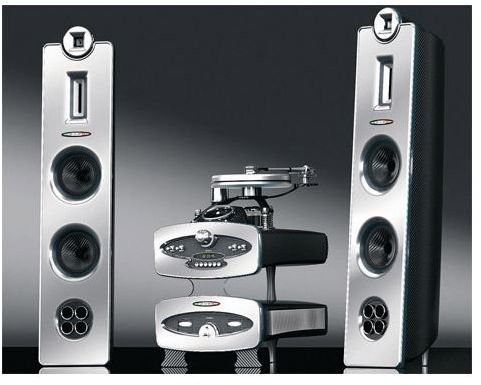Audio Tech 101: Learn About Audio Technology
What Is Audio Tech?
Technology is an overwhelmingly prevalent part of our daily lives, whether it’s at work or competing for our attention - and dollars - via entertainment media. Audio technology is no exception. There are a daunting array of components, players, input, and output devices available for the consumer to use when playing and enjoying home audio. If you’re new to the whole audio-tech field, it’s hard to know where to start. So let’s break audio tech into a few broad categories and start to get a handle on what’s available - and what audio tech products are right for you.
(Image Credit: Uncrate)
Players
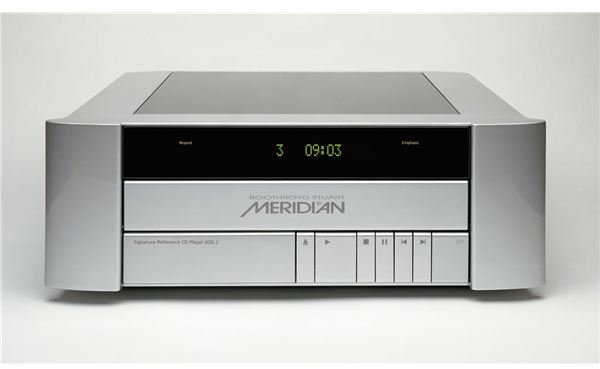
The most obvious example of home audio tech is players such as CD players, tape decks, MP3 players whether they are portable or home-based. Even the humble record player, invented more than 100 years ago and the first example of modern audio technology as we know it today, is enjoying a resurgence among DJs, collectors and audio purists. The player you decide on depends on whether you’re looking for a simple way to play your CDs, a full-featured setup with access to computer/MP3 input, or older technologies such as analog cassettes, or even high-end players of newer formats such as SACD and surround-sound. In any case, the principle is the same: media goes in, sound signals come out.
(Image Credit: Luxuo)
Speakers
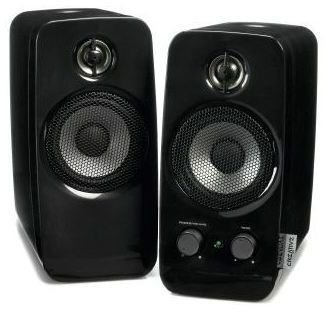
Just like players, speakers vary greatly according to their function. What’s the first speaker you think of? Is it the foot-tall satellites of your bedroom boom-box? The micro-cubes of your home theater system? There are many other speakers besides these obvious examples, from the thundering speaker-towers hanging by the stage at a rock concert all the way down to the minuscule outputs of your iPod or Walkman’s headphones or earbuds. Again, though, the basic principle stands, whether the speaker in question is taller than a person or smaller than your thumbnail: electronic signals are processed by a magnetic coil, which vibrates inside an echo-chamber or “cone,” creating sound that’s amplified as it travels down the cone and through the air. Many speakers contain a large cone for bass frequencies (a “woofer”) and a smaller cone for sharp high-end tones (a “tweeter”).
(Image Credit: Popgadget)
Amplifiers
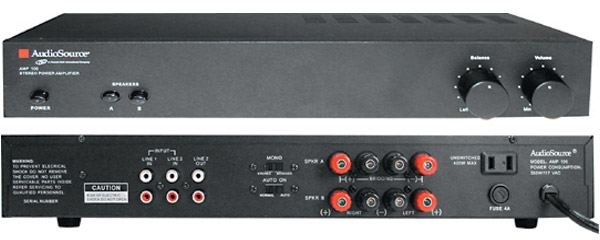
Not all players contain the necessary components to output an audio signal on their own. Many home radios, record players or personal audio devices are incapable of outputting sound at a high enough power level to be audible on any speaker larger than a pair of personal headphones. Similarly, instruments like electric guitars contain the parts to generate an electronic signal, but not to process and output it. This is where an amplifier comes in. These devices pick up the signal from a player and boost it, turning it into a much stronger signal so it can be output at a louder volume. The price and perceived quality of an amplifier is dictated by its ability to amplify sound without introducing “noise” or ugly distortion, at high volumes or in the high or low ends of the signal.
(Image Source: Product Wiki)
Receivers
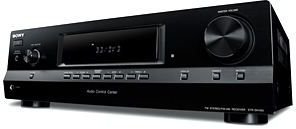
So, you’ve got your CD and DVD player, your game console, a personal audio player, a turntable for those older records, a line-in from your computer and an electric guitar! Where are you going to find a means of playing all those things, without endlessly fussing with cables and plugs? This is what a receiver is for. While a receiver usually doesn’t output straight to the speakers of your audio setup, it’s capable of decoding a variety of audio signals - from simple RCA plugins to complex standards like SACD or uncompressed HDMI - and sending these in one simple, manageable signal to your receiver or recording device. Receivers are for users with a lot of audio tech who want to enjoy their audio without stopping to attach a cable every time they want to change players.
(Image Credit: Tiger Direct)
